| Content | The A-Designs Mix Factory takes a fresh approach to analog summing, delivering analog warmth with the depth and imaging needed to make your mixes truly stand out. Mix Factory inputs 16 channels and sums to balanced stereo outputs. All channels are fitted with gain controls, pan pots, and mutes. Two 8-channel groups are provided, each has an insert with mute button, and there is a master insert for all 16 channels. Mix Factory lets you switch between "clean," which bypasses the transformers, to "tonal," which introduces the harmonic enhancement of custom Cinemag output transformers. The Mix Factory is linkable, letting you expand to 64 or more channels. Take your studio to the next level with the A-Designs Mix Factory.
Benefits of the hybrid studio
Producer/engineer Tony Shepperd came up with the idea for Mix Factory, and it was brought to life by noted circuit design wizard Paul Wolff. Mr. Shepperd had been one of the modern engineers who subscribed to the "all-in-the-box" school of digital music production. At some point, however, he came to believe that digital and analog could very well coexist in the contemporary studio in a synergistic union that delivered additional "best-of-both-worlds" sonic benefits. This hybrid approach worked exceptionally well for Tony, taking his mixes to a new level. So much so that other engineers took notice and started asking him for tips. Today, most high-end recording facilities (including Sweetwater Studios) are hybridized in one sense or another. A-Designs' Mix Factory is a smart and cost-effective way to realize the many advantages of this approach.
A-Designs Mix Factory Features:
- 2RU 16-channel analog summing mixer
- 2 x 8-channel Groups
- All channels fitted with gain controls, pan pots, and mutes
- Switchable Cinemag output transformers
- Linkable, for easy studio expansion
- External power supply (included) switches between 120V and 230V
| The Heritage Audio MCM-20.4 is a rackmount analog summing mixer that delivers vintage-quality sonics along with sophisticated routing options to streamline your hybrid studio setup. The MCM-20.4 offers 16 input channels arranged into two subgroups of eight. Each channel features concentric pan and level controls plus a balanced insert and a mute switch. Each group has its own stereo fader and balanced insert point. Both stereo subgroups are passively summed into the master bus, which has its own balanced insert point and VU meters. Makeup gain is provided by a transformer-coupled, 1073-style Class A mic preamplifier with four transformers (two per channel). Four channels of pre/post-fader aux sends are provided: AUX 1 and 2 are mono; AUX 3 is stereo. Insert send points are always signal-present, giving them an alternative use as direct outputs for recording. Rear-panel connections are made via DB-25 connectors; except for the master bus, which has dedicated XLRs.
The best of both worlds
Done up in classic RAF blue-gray livery — complete with concentric pots and Marconi knobs — the Heritage Audio MCM-20.4 gives visual hints as to the sound lurking beneath the bonnet. Flavored by four transformers, that sound is decidedly vintage British, although Heritage has taken pains to improve crosstalk and self-noise specs from those of the vintage designs. The smart-summing topology employed in the company's MCM series mixers delivers impressive headroom and low noise for a 20 channel, vintage-topology mixer. Sweetwater's advice: If you want to smoothly integrate analog gear — and robust, colorful sonics — into your DAW-based workflow, the Heritage Audio MCM-20.4 is a great-sounding, elegant solution.
Heritage Audio MCM-20.4 20-channel, Vintage-topology Rackmount Mixer Features:
- 16 input channels arranged into 2 subgroups of 8
- Each channel features concentric pan and level controls plus a balanced insert and a mute switch
- 2 stereo subgroups are passively summed into the master bus
- Master bus has its own balanced insert point and VU meters
- 4 channels of pre/post-fader aux sends
- Rear-panel connections are made via DB-25 connectors
- Master bus connections via dedicated XLRs
| SSL UF8 Advanced DAW Controller
The SSL UF8 is an advanced DAW controller designed to fit the needs of DAW-based workflows and ultra-fast turn-around times. The SSL UF8 features 8, 100mm touch sensitive faders, 8 endless rotary encoders and 43 assignable keys. An expandable 8-channel advanced DAW controller, UF8 connects engineers, producers and artists directly to the creative process, offering absolute command of their workflow and significantly accelerating the speed of audio production and content creation.
Advanced Workflow
UF8 offers intuitive features that are developed from a true understanding of production workflow. Take ultimate control with simultaneous access to multiple DAW sessions, and precise navigation with a multi-purpose Master Encoder for DAW timeline access, track banking and mouse wheel emulation. 'Dual-purpose Selection Keys permit rapid access to select functions as well as solo and mute clearing in Pro Tools and Logic Pro. New CHANNEL and PLUG-IN control modes provide enhanced workflows for those using UF8 with Pro Tools, with easy access to sends and plug-ins without slowing down your creativity.
Configurability
Each UF8 comes equipped with 43 assignable user keys set across 5 configurable banks, allowing users to configure their essential keyboard shortcuts and macros for total session control. Add multiple controllers to create your unique mixing system; build your perfect 16-24 channel music creation hub, or connect 4 UF8’s within a single system to create a 32-channel controller ideal for large post production or mixing sessions. Multiple UF8s can be chained together using the THRU port and provide a safe place for iLok storage. For perfect positioning, each UF8 includes an adjustable stand allowing for six different angles of elevation for user defined placement. 19” rack mount kits are also available for installation into an ORIGIN console center section or other 19” studio racking.
360° Control
SSL’s new 360° software application provides fast configuration and admin control of your UF8. With an expanded system, ‘drag-n-drop’ configuration gives quick and dynamic access to each individual controller set up. Customise workflows and define up to 3 different DAW layers for simultaneous session control, with all changes managed without getting in the way of your productivity.
SSL UF8 Features:
- High-quality 100 mm touch sensitive faders
- High-resolution colour displays
- All metal enclosure, finished with a brushed, anodised top plate
- 8 Endless Rotary Encoders
- Custom Workflows with 43 assignable keys per UF8; 5 banks of 8 User Keys + 3 Quick Keys
- Intelligent Multi-Purpose CHANNEL Encoder
- Mouse Scroll Emulation; control of any plug-in parameter you hover the mouse over with absolute precision
- Integrates With All Major DAWs with workflow ready templates
- Pro Tools | Logic Pro | Cubase | Ableton Live | Studio One
- Hi-Speed USB connectivity
- Switch Control between 3 Simultaneously connected DAWs
- Bundled with SSL Native Vocalstrip 2 & Drumstrip plug-in
| Midas Pro2C. Brand new, full Midas warranty.
Compact Live Digital Console Control Centre with 64 Input Channels, 8 Midas Microphone Preamplifiers, 27 Mix Buses, 96 kHz Sample Rate and Touring Grade Road Case
Shipping will cost extra based on buyers location. If purchased without an agreement in place, buyer will be responsible for organizing their own pickup or shipping. | An 8-channel stereo summing mixer with 12AX7 tubes for sonic excitement, the Radial Space Heater can add incredible depth and harmonic richness to your tracks. Recording engineers at Sweetwater know that summing in the analog domain, as opposed to within your DAW, is a great way to get that big-console sound. The Space Heater's variable tube overdrive allows you to add everything from subtle transformer warmth to rich harmonic distortion. From gluing individual drum tracks into a cohesive kit to mixing down your final stems, the Radial Space Heater will add a great sound to your productions.
Tubes and transformers are just what your digital tracks need
No matter how well you record your tracks, or how you approach your mixes in your DAW, it's hard to beat the undeniably rich and deep sound that summing in the analog domain is known for. Instead of investing in a large analog console, a summing mixer like the Radial Space Heater is the perfect match for DAW-based studios. The transformer-coupled outputs add a touch of warmth, and variable tube overdrive is perfect for adding sparkle to vocals, depth to acoustic instruments, and even full-on distortion for extreme effects. Send your stems through the Space Heater, record the stereo mix back into your DAW, and you'll be impressed with the results.
Variable voltage for fine-tuning the tube sound
The Radial Space Heater not only gives you variable tube overdrive for each stereo input pair, but it also allows you to switch between 35-volt, 70-volt, and 140-volt operation. Use the 35-volt setting for maximum grit and distortion, or switch over to 70 volts for cleaner headroom and a smoother sound. When you want the cleanest headroom, switch over to 140 volts. You can adjust the voltage for each stereo input pair individually, which means you can add gritty overdrive to rock vocals while giving bass and drums tons of clean headroom for a deep, punchy sound.
Two useful studio tools in one
One look at the back panel tells you that the Radial Space Heater is ready to be a studio workhorse. Each of the eight channels can be set up as a hardware insert, which means you can send individual tracks through the Space Heater to add tube saturation and transformer warmth. Once your individual tracks are perfect and you're ready to sum your final mix, run your stems through the Space Heater and record the final stereo mix to your DAW. The Space Heater is effectively a smart combination of four outstanding tube/transformer modules plus an analog mixer.
Radial Space Heater 8-channel Tube Summing Mixer Features:
- Stereo summing mixer for adding warmth, depth, and harmonic richness
- A 12AX7 tube for each input pair lets you add anything from subtle sparkle to full-on distortion
- Transformer-coupled outputs add a touch of character while maintaining a high-quality, low-noise signal
- 3 adjustable voltage modes (35-volt/70-volt/140-volt) allow you to adjust how much clean headroom you have before distortion begins
- Use it as an analog summing mixer or as 4 individual tube saturation/transformer warmth modules
- Multiple units can be linked for higher channel count
| The Dangerous Music Liaison puts the fun back into trying out creative combinations of gear. The Liaison also lets your setup remain absolutely flexible — just what you need if you want to survive in a market that often demands recording, mixing, and mastering services from a single studio. The Liaison's claim to fame is that it combines your favorite pieces of music gear together in various configurations, allowing you to try out new gear combinations and recall them later. But there's a lot more to the Dangerous Music Liaison than mere signal routing.
Mix, match, store, and recall all your favorite gear combinations
Dangerous Music has always been dedicated to providing serious engineers with the most useful gear possible. They've upped the ante again, with the Liaison. The Liaison lets you experiment with different combinations of gear, giving you a total of six discrete 2-channel inputs and two 2-channel buses. Want to hear how that compressor sounds pre- and post-EQ? With a Liaison, you can audition various hardware combinations as easily as swapping around plug-ins in a DAW. What's more, you can store and recall your favorite setups, so you can keep that killer vocal compression chain or that thumping kick drum processing path close at hand.
Flexible stereo buses give you advanced configuration options
When we ran the Dangerous Music Liaison through its paces here at Sweetwater, we found that its stereo buses do more than just compare two discrete signal paths. Depending on how you configure them, these stereo buses can provide you with two completely independent, flexible signal chains, each serving as its own small routing matrix. You can also combine both buses to create a long and flexible continuous signal-processing chain, in which you can reorder entire sections of your gear setup. Even cooler, you can use the Liaison's buses to establish complex parallel signal processing — opening up limitless sonic possibilities.
Mastering-grade components for unrivaled sound quality
As is the case with all Dangerous Music products, the Liaison is made entirely from mastering-grade components, so you never have to worry about audio coloration or latency. In fact, when set to simply pass audio, professional grade testers used to measure the Liaison read as though they were plugged into themselves. Talk about quality control! Here are some of the other specifics. Both the inserts and the buses feature straight-wire, unamplified, balanced signal paths. All audio is relay-switched via top-quality, gas-filled, bifurcated contact relays — ensuring that all switching is absolutely noiseless. The rest of the Liaison's signal paths feature mastering-grade components made by THAT Corp. and Burr-Brown.
What the pros are saying about the LIAISON:
- "The Dangerous LIAISON feels like engaging light-speed for my workflow...and make no mistake: workflow IS sound. The sheer speed at which you can do critical comparisons of entire signal chains does have a direct and positive impact how your music will sound." — Alberto Rizzo Schettino (Engineer)
- "One of the best features of the LIAISON is the monitor outs...you can monitor the signal at four points in the chain: before and after Bus A and B. The usefulness of this feature is huge, and Dangerous deserves major props for including it! The switching of inserts is managed by beefy relays that are as transparent as any I've ever heard." — Adam Gonsalves (Mastering Engineer)
- "LIAISON gives you the impetus to rethink how you record, mix, and master your music...[and] using the LIAISON is dead simple. I think of LIAISON not as an insert switcher, but as a creativity enabler." — Andy Hong (Writer/Reviewer)
- "The Dangerous LIAISON is incredibly exciting. To have a device that lets you so easily switch between processors, swap the order of processors, do quick A-B comparisons of signal chains. It makes my work better!" — Jonathan Wyner (Mastering Engineer)
- "Being able to switch devices from one bus to the other is extremely useful. The fast switching is amazing!" — Jeff Lipton (Mastering Engineer)
- "The LIAISON is really important — I can do a lot of combinations of chaining gear and I am able to work a lot faster. Before the LIAISON [I had to] switch the patchbay and compare the sounds. Now I am 20-times faster than before, I like the way the LIAISON allows me to still be in the energy of the music. — Antoine "Chab" Chabert (Mastering Engineer)
- "So happy with the LIAISON. Being able to switch gear in and out from the listening position without leaning over a patch bay is fantastic. After sitting in this chair for so many years, it actually improves my mixing ergonomics considerably." — Bob Power (Mastering Engineer)
Dangerous Music Liaison Features:
- Flexible signal routing matrix that allows you to combine the gear in your studio in fun, exciting, and creative ways
- Leverage all your gear, all the time
- Improve your tracks, mixes, and masters by auditioning and marrying the perfect ensemble of equipment
- 2 independent stereo buses mean you can set up 1 as a tracking path and the other as a mix path, without repatching, or chain them together
- Separate parallel processing loop to let drums breathe and crush simultaneously
- Create complex combinations of gear and A/B instantly
- Store your favorite settings to recall any tracking, mixing, or mastering configuration
- 6 stereo insert loops, assignable to 2 stereo buses
- Mastering-grade components ensure silent, relay-based switching and color-free audio
|





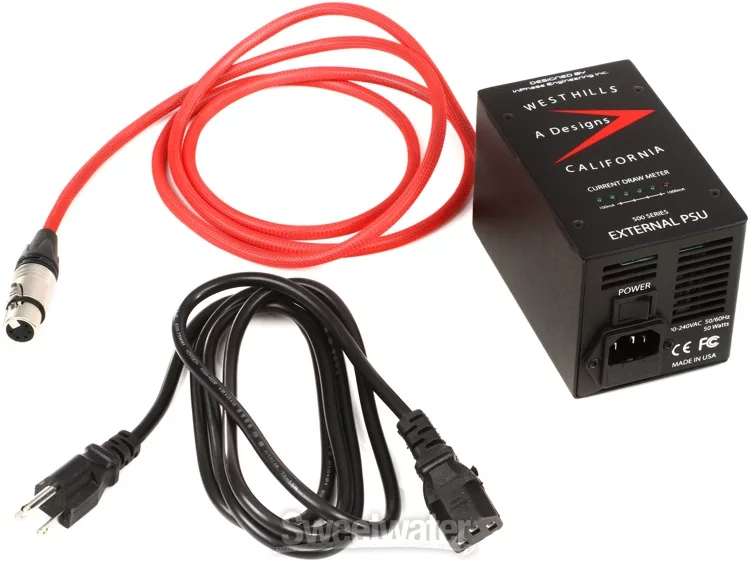



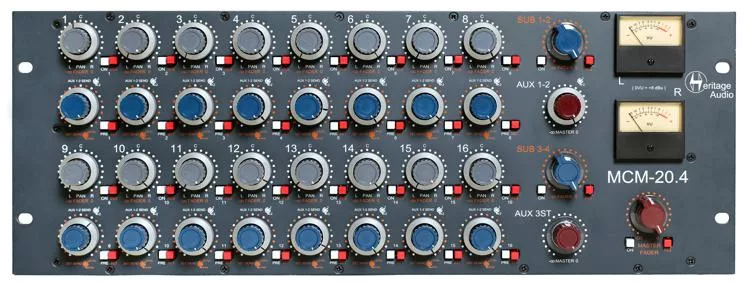




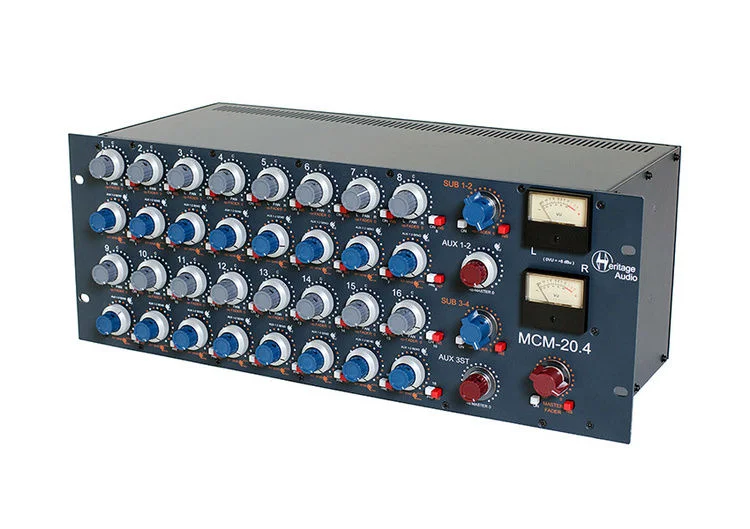
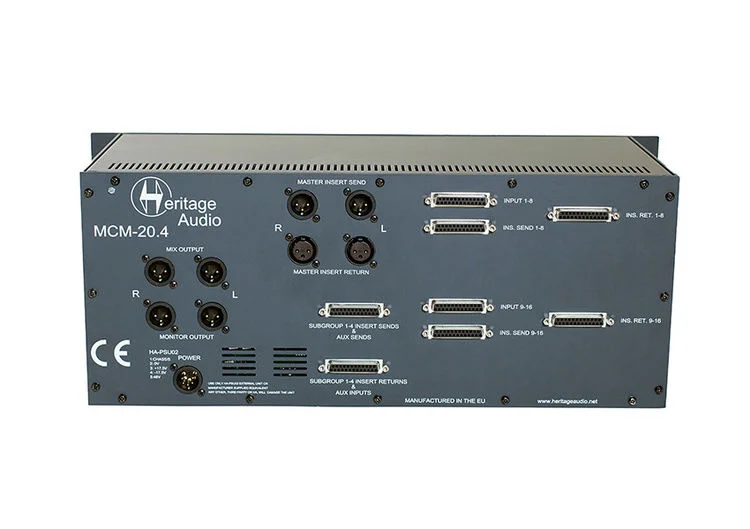




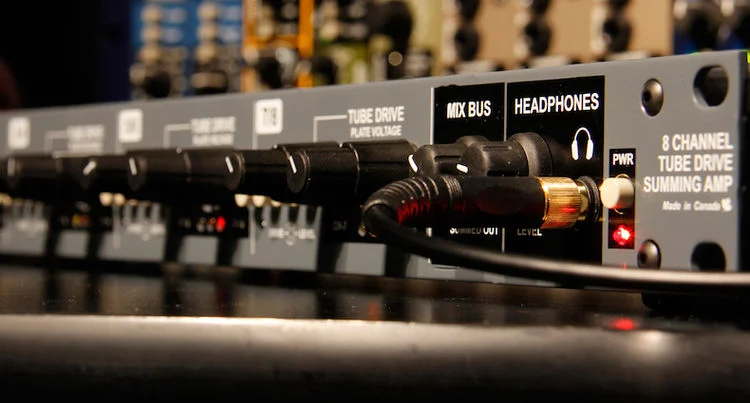



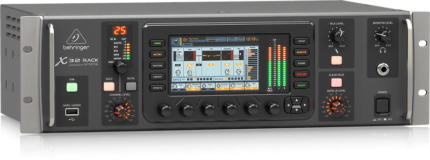






Reviews
There are no reviews yet.